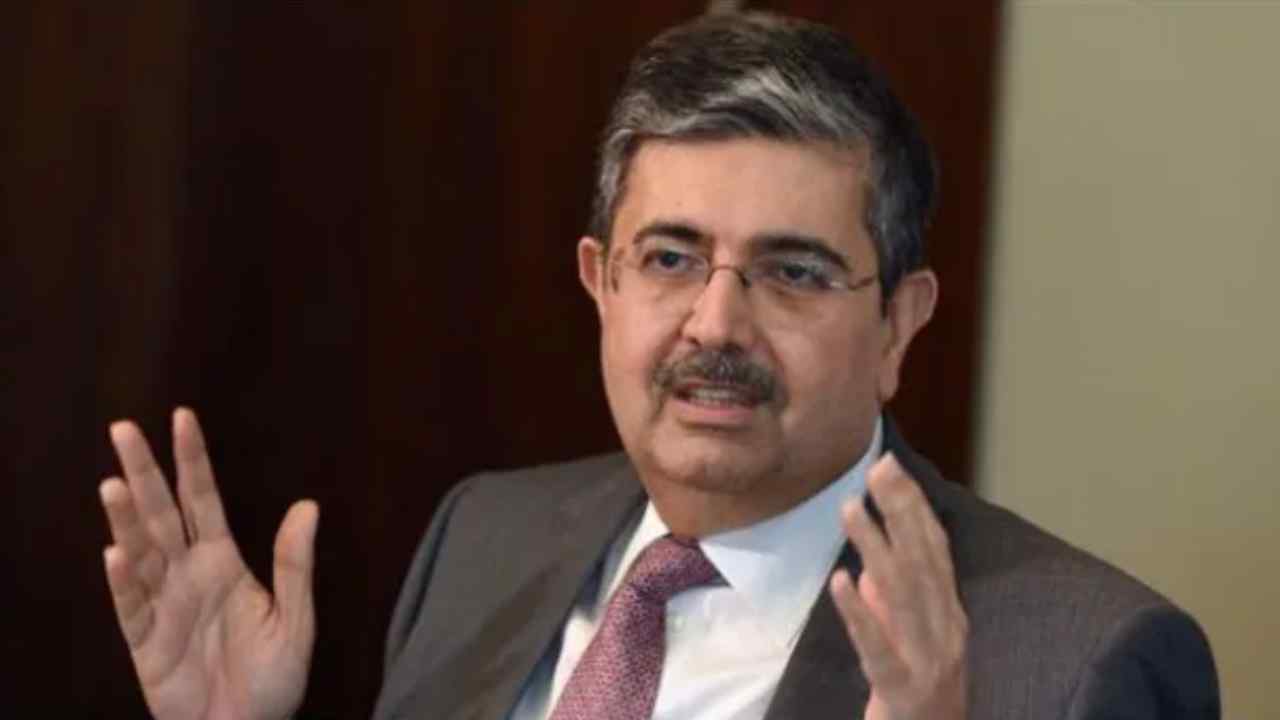Understanding the NAMASTE Program and Its Impact on Workers
Recent governmental data reveals alarming statistics regarding the demographics of sewage and septic tank cleaners in India. Collected from over 3,000 urban local bodies across 29 states and union territories, the survey highlights that a staggering 91.9% of the 38,000 workers interviewed belong to Scheduled Castes (SC), Scheduled Tribes (ST), and Other Backward Classes (OBC). This data was amassed under the NAMASTE initiative, founded by the Ministry of Social Justice and Empowerment, aimed at mitigating the health hazards these workers face while performing their demanding jobs.
Safety Risks and Fatalities in Sewage Cleaning
The necessity of the NAMASTE program comes into sharp focus when considering the tragic fact that unsafe practices in sewer and septic tank cleaning have led to over 377 documented deaths across India. The government has underscored the need for urgent reform and intervention to protect these vulnerable workers.
Demographic Breakdown of Workers
| Category | Percentage |
|---|---|
| Scheduled Castes (SC) | 68.9% |
| Other Backward Classes (OBC) | 14.7% |
| Scheduled Tribes (ST) | 8.3% |
| General Category | 8.0% |
Goals of the NAMASTE Program
The primary aim of the NAMASTE initiative is to create a comprehensive profile of the laborers involved in toilet emptying and sewage cleaning. The program emphasizes the importance of technology and mechanization in sewer maintenance to eliminate hazardous cleaning methods that currently pose significant health risks to these workers. By prioritizing safety and health standards, the government hopes to end the tragic occurrence of fatalities that come with manual cleaning methods.
Political Context: The Call for Caste Census
In light of these findings, Congress has reignited its campaign for a caste census, arguing that such a survey is critical to understanding the living conditions and rights of marginalized communities. The party advocates for a comprehensive caste census to ensure the participation of SC, ST, and OBC groups in government schemes and policies.
According to Congress, “Caste census is needed to guarantee that 90% of our citizens can access their due rights and benefits from government initiatives.” They emphasize that conducting a caste census is essential for revealing the socio-economic realities of the various classes and ensuring their rightful representation.










